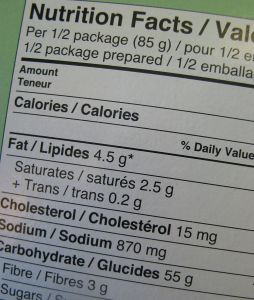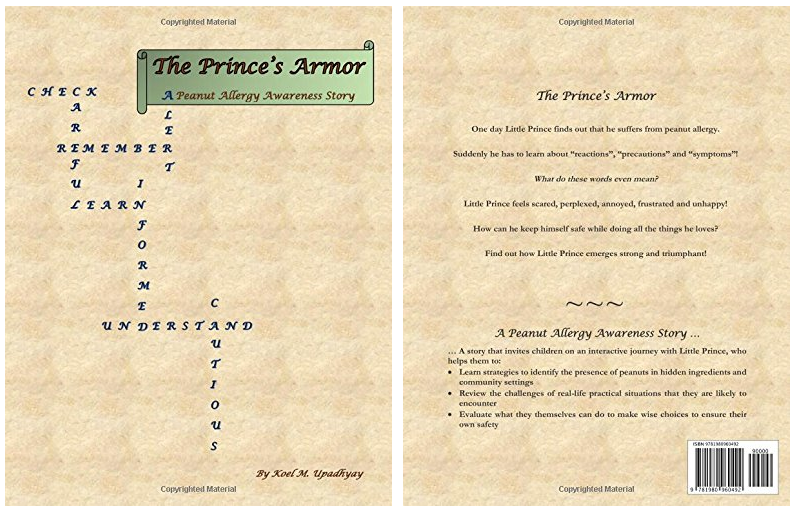
The Food Allergen Labeling and Consumer Protection Act of 2004 (Public Law 108-282, Title II) was written to help those (in the US) with allergies to the top eight allergens identify whether food items were safe to consume.
In short, the law requires foods that are not a raw agricultural commodity to include any of the top eight allergens, by common name, in the ingredients list if the allergen is in the food item. The top eight allergens being peanut, tree nut, egg, soy, dairy, wheat, fish and shellfish.
If a major allergen is in the food item, the ingredient label must list that allergen by common name in the ingredients, OR near the ingredients list the word contains and then the major allergen the food source is derived from.
So an ingredient label could say: whey (milk) or whey and then Contains: milk after the ingredients list.
The current labeling law does not address any warning statements such as processed in, may contains, made on shared equipment etc. A recent study found that there are 25 or more of these types of warning labels. Another study found that up to 7% of food items with these warning labels contained detectable amounts of peanut protein even though peanut was not listed in the ingredients panel.
It is important to note that warning statements are voluntary and not required by law. This means that food products can be made in a facility with allergens and do not have to label as such if the allergen is not actually IN the food product.
Why do some items carry a warning label and some do not?
Since warning labels are voluntary, there are many reasons companies choose to use or not use them. Some companies are just plain irresponsible and do not use a warning label because they are not required to do so. Some companies have strict manufacturing and cleaning processes and feel the warning label is not necessary. Some companies do use warning labels as legal protection (even if their product is completely safe), and some use warning labels because they are concerned there could actually be cross contamination with their product.
What does this mean for the food allergic?
If you see an item with a warning label, you should take it seriously. However, there is no way to guarantee an item is allergen free unless it is made in a facility that does not contain that allergen. Many allergy friendly companies manufacturer their products in dedicated facilities. This is the only way to be sure you are buying a food that is 100% safe.
Alternatively many companies thoroughly clean their lines or make items on separate lines and/or test their products for allergens. These items may be safe also. When in doubt, you should always call the manufacturer to ask what their manufacturing and cleaning processes are.
For more information on companies and how they manufacturer their products see Food Allergy Businesses: Putting Profits Before People.
What’s Next for Labeling?
Many in the allergy community are pushing for stronger labeling laws and more information regarding manufacturing practices and warning labels. Some stress that warning labels should be consistent and defined so as not to confuse the consumer.
Tara Parker Pope wrote a blog for the New York Times titled A Makeover for Food Labels that addresses many other food labeling issues.
With food allergies and other medical issues on the rise, I suspect we’ll see another food label makeover in the near future.
What would you like to see included on food labels? Leave your comments in the comment section below.




COMMENTS